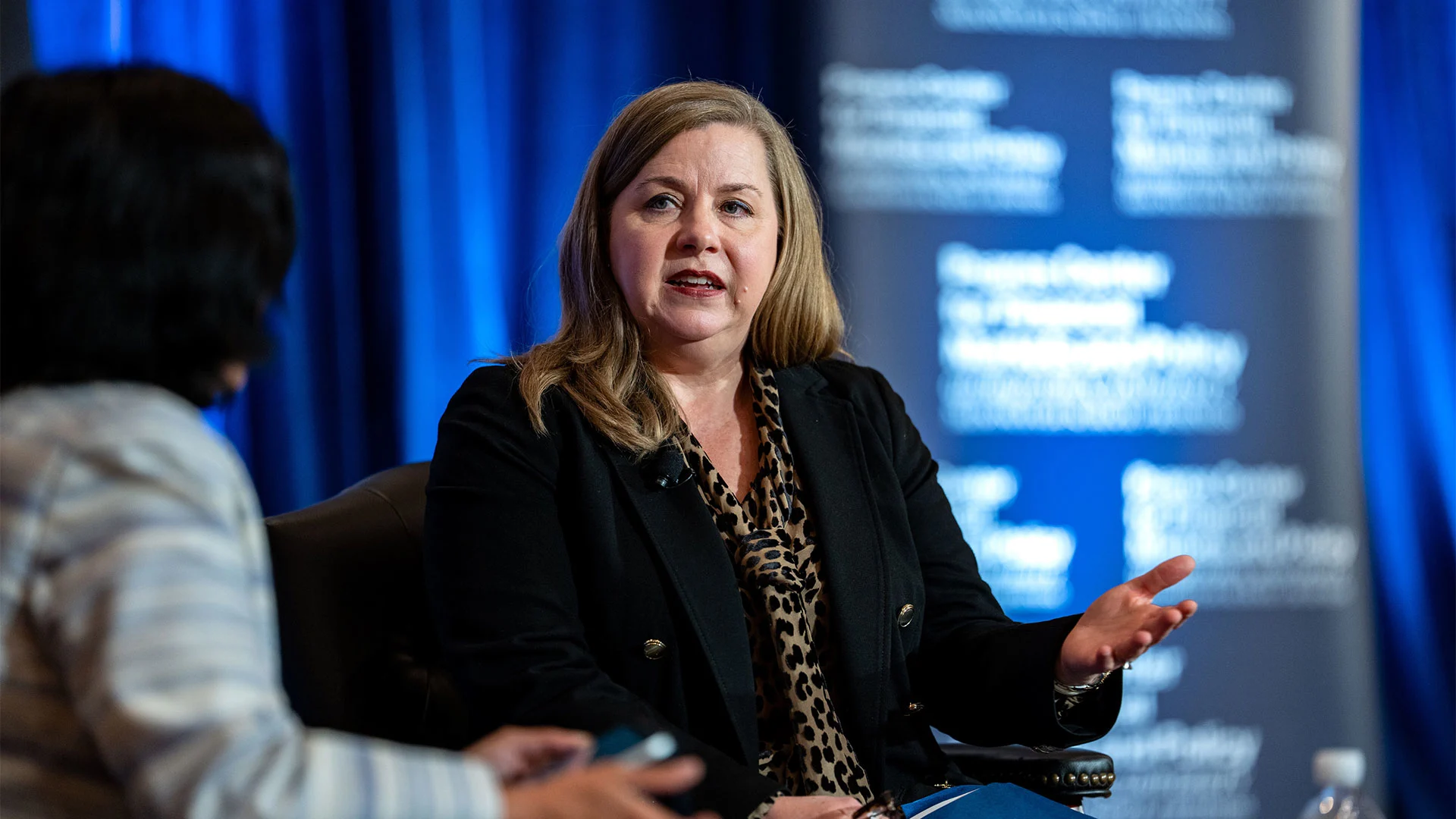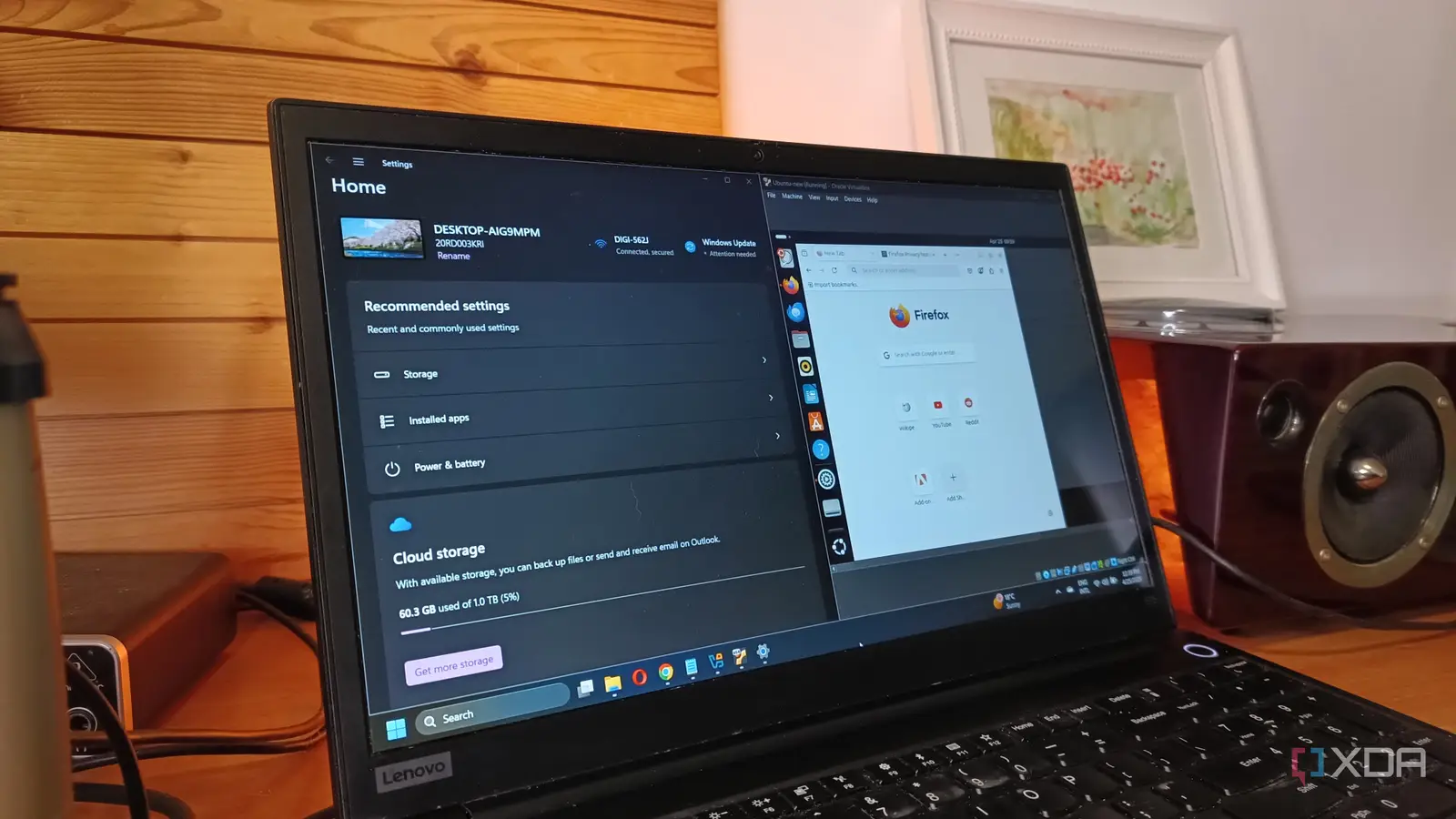Fed Governor Bowman warns of housing market risks: ‘Declines in house prices could accelerate’

Want more housing market stories from Lance Lambert’s ResiClub in your inbox? Subscribe to the ResiClub newsletter.
Federal Reserve Governor Michelle Bowman issued a housing market warning during a speech at the Kentucky Bankers Association Annual Convention in Asheville, North Carolina on September 23.
Bowman noted that housing activity has slowed significantly, with declines in single-family construction and sales coinciding with rising inventories and falling house prices in many markets.
“Declines in housing activity, including single-family home construction and sales, have been accompanied by higher inventories of homes for sale and falling house prices, suggesting that housing demand has also weakened,” Bowman said. “Elevated mortgage rates may be exerting a more persistent drag as income growth expectations have declined while house prices remain high relative to rents.”
Subscribe to the Daily newsletter.Fast Company’s trending stories delivered to you every day
Privacy Policy
|
Fast Company Newsletters
The result has been persistently low housing affordability—a factor that has kept existing home sales depressed since 2023, stuck near levels last seen in the early 2010s in the aftermath of the financial crisis.
“Given very low housing affordability, existing home sales have remained depressed since 2023, and at levels only comparable with the early 2010s following the financial crisis. I am concerned that, in the current environment, declines in house prices could accelerate, posing downside risks to housing valuations, construction, and inflation,” Bowman cautioned.
Her comments underscore growing unease within the Fed about the housing sector’s trajectory. While the central bank has held interest rates at elevated levels to bring inflation back toward its 2% target, the cost of borrowing has cooled housing demand more deeply than some policymakers expected.
If Bowman is right and a sharper decline in home prices materializes, it could ripple across the economy, weakening household balance sheets and slowing residential construction—a sector that has historically helped pull the broader economy out of downturns. Her remarks suggest that policymakers are increasingly weighing how housing stress could complicate the Fed’s path forward on rates, particularly if falling home values begin to weigh more heavily on consumer spending and confidence.
What’s happening to house prices right now?
According to ResiClub’s analysis of the Zillow Home Value Index, U.S. home prices are down -0.01% year-over-year between August 2024 and August 2025. That rate has decelerated—back in August 2024, the year-over-year national home price growth rate was +2.5%.
As ResiClub has documented, this year we’ve been amid a widespread softening. “Widespread softening” here doesn’t mean home prices are falling in every market—they aren’t. Rather, it means home price growth has decelerated across most markets, and more markets are seeing home price declines compared to a year ago.
On a regional and local level, home price shifts vary significantly right now.
Some regional housing markets in states such as Texas, Florida, Colorado, Arizona, and Louisiana, where inventory has risen above pre-pandemic 2019 levels, are experiencing mild home price corrections. Meanwhile, tight-ish inventory markets in some pockets of the Northeast and Midwest remain resilient-ish, with home prices pushing up a little this spring.



